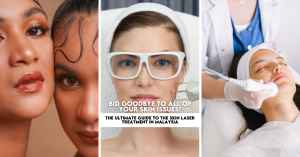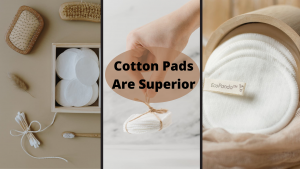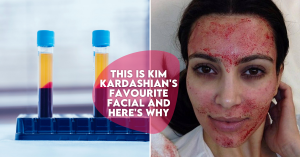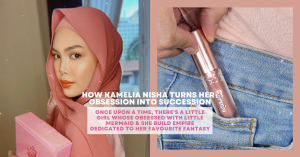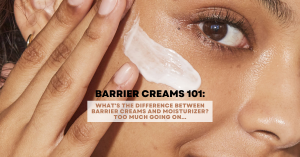Hair
How To Understand Types Of Damaged Hair And How To Treat Them
In this life, we all want simple things in life and one of them is having beautiful, healthy hair. However,...
By: Beauty Insider Journalist / November 19, 2021

In this life, we all want simple things in life and one of them is having beautiful, healthy hair. However, let’s be real- our hair is possibly the high maintenance spoiled little thing. It’s easily damaged, can suffer hair loss and a plethora of other hair concerns. With that, let’s talk about what happens when your hair gets damaged and how to treat it back to health!
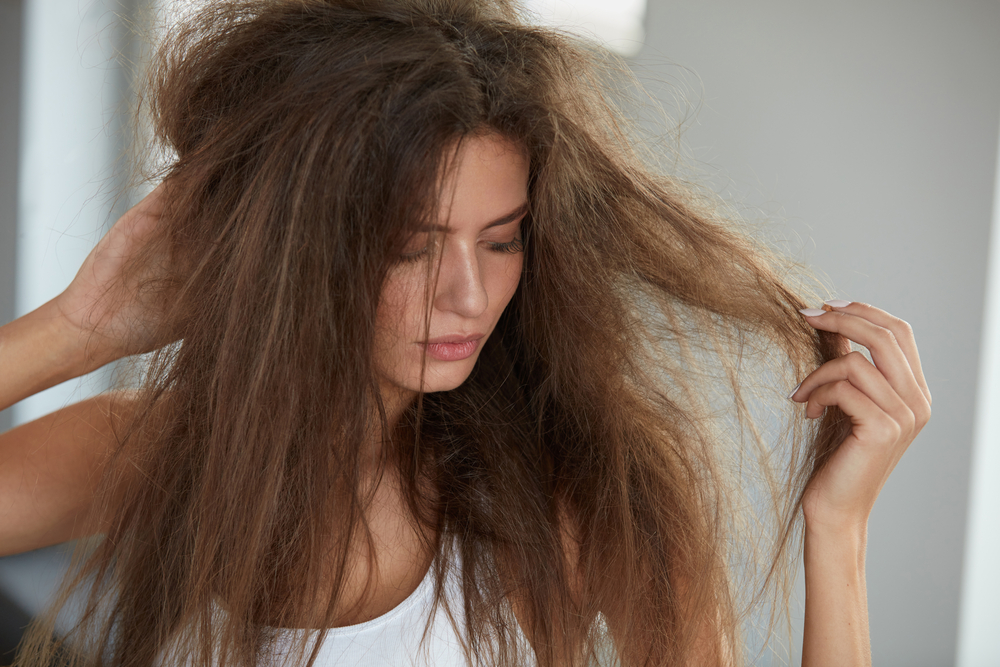
Cracks appear in the outer layer of severely damaged hair (cuticle). Your hair is in danger of more damage and breaking if the cuticle lifts (opens). It can also be difficult to maintain since it seems dull or frizzy. Split ends, brittle-like texture, and excessive tangling are just some of the signs of damaged hair.
The truth is that these unwelcome indications are an unavoidable part of our everyday routines. Whether you dye your hair, use hot tools, or tie it up every day, all of these habits harm our hair.
Contents
Signs You Have Damaged Hair
Split ends
When you get out of the shower, your ends are rapidly dry if your hair starts to fray. If you see a thinning effect along the edges of your strands, you most likely have split ends. Weather can sometimes trigger split ends, leaving the hair thirsty for moisture.
Hair loss/thinning
Each day, we lose a certain quantity of hair that collects in our brushes or sheds spontaneously while we wash. However, there are indicators of shedding that should be taken seriously. Multiple causes contribute to hair thinning around the hairline and across the head. Stress, ageing, hefty drugs, or having just given birth can all contribute to thinning.
Dry/dull texture
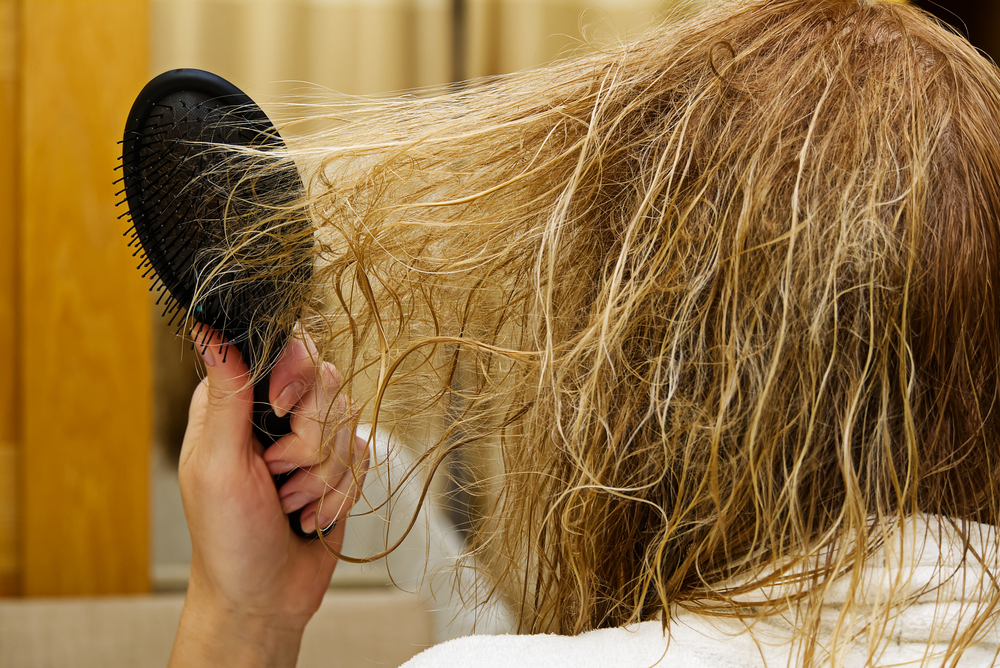
Lack of moisture is the most common cause of dry, brittle hair. And a lack of moisture is caused by what you expose your hair to, which includes everything from the weather to the quality of your water to the frequency of your highlights. Pay attention to your exposure when it comes to your lifestyle. If you need to wash your hair more regularly, try incorporating a weekly conditioning masque into your regimen.
If you’re frequently outside in severe conditions or travelling, use a UV-protective conditioning spray. A filtered shower head will guarantee that your hair isn’t exposed to harsh, undesirable minerals that dry your hair out without notice, regardless of your hair type or regimen.
Frizz
Frizz is a common complaint with certain hair types, and it might be your hair’s way of asking for help. You may be suffering from damage if you see flyaways during the day and your hair’s frizz makes it tough to cooperate or control. Damage that appears as frizz or flyaway can be caused by weather dryness, over-washing, or shampooing the ends of your hair.
What Causes Hair To Get Damaged
Diet
When it comes to hair and skin health, the old adage “you are what you eat” holds a lot of truth. Certain nutrients aid hair growth and protect it from breaking due to injury. Make sure your regular diet has adequate zinc, iron, and folic acid. Additionally, protein and antioxidants can also help to maintain your hair healthy.
Dryness
Damage and breakage are sometimes preceded by very dry hair. Dry weather, low humidity, and too much heat are all variables that contribute to it. When washing your hair, make sure to use warm water rather than hot water, since the latter may cause your hair to dry out even more. Consider focusing shampoo on your scalp just if your ends are dry.
Skipping the conditioner is also a no negotiation option- you always have to. If you’re short on time, spray damp hair with a leave-in conditioner before combing.
Heat damage
High heat is required to achieve the finest results from your hair drier, flat iron, or curling iron. When you use these instruments incorrectly or excessively, however, you risk harming the cuticle by exposing it to severe temperatures. Giving your strands a vacation from all styling products at least once a week is one approach to avoid general heat damage.
Select ceramic versions of your styling tools to reduce actual heat damage. These heat up more evenly, so you won’t have to use them on the same portions of hair over and over again.
Chemical treatment
Perms, relaxers, professional straightening, and colouring may all help your hair appear healthier after only one or two treatments. However, if you use these services too frequently, the cuticle might break down, resulting in hair damage. If feasible, you should try to lengthen the period between sessions to 8–10 weeks. In the meanwhile, use a hair treatment like this colour-protecting mask to extend your effects.
Stress
There is a plethora of research linking stress to hair loss, but it is also well known that stress may cause hair breakage. The form of stress that is most likely to cause hair loss is telogen effluvium. Because stress causes your follicles to become dormant, hair in the middle of its development cycle may fall out.
Moreover, you may also notice that old hair is falling out. Stress management may lead to better hair.
How To Treat Damaged Hair
Reduce the temperature in tools
When styling hair with heat, one of the most common errors is setting the temperature too high. Unless your hair is really thick or coarse, a mid-range temperature setting on your equipment would suffice. If at all possible, avoid using heat on your hair.
Invest in rich/healing hair masks
Hair masks are a type of conditioning treatment. High concentrations of reparative and moisturising components, including vitamins, oils, and organically derived elements, may be found in them. They’re also thicker than ordinary conditioners, so they remain in place when applied to damp hair. This allows these solutions to penetrate deeper into the hair surface and patch up the gaps and nicks that appear on damaged hair’s surface.
Go to the salon and get professional treatment
For severely damaged hair, a DIY routine isn’t always adequate. That’s when you’ll probably need to call in the experts. In-salon hair treatments include the maximum concentration of active chemicals available.


